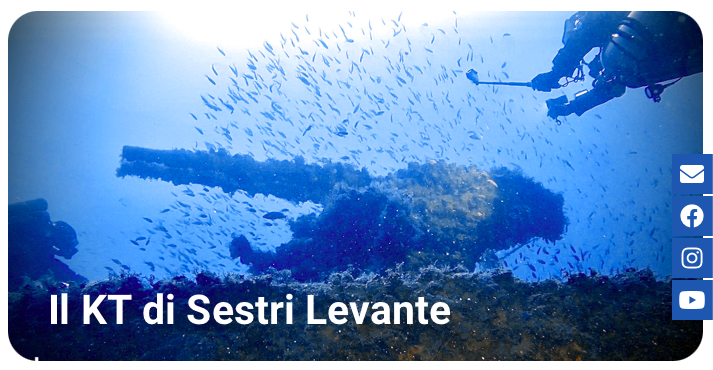The Barge of Sestri and the fictional story of the sinking, February 12, 1944. An excerpt from the careful and precise reconstruction by Claudio Grazioli contained in his latest work: “The fleet on the bottom” dedicated to the wrecks of Sestri.
Summary of the previous episode
In the first part of this triptych dedicated to the Barge Jörn, Claudio Grazioli has reconstructed its entire history, from its construction in Dutch shipyards to its use by the Germans during the Great War.
But, above all, Claudio has rewritten the page of history concerning its sinking, revising and refuting the first theses made by those who had previously addressed this issue.
Sestri Levante February the 12th 1944
It was February the 12th, 1944 and we are in the Gulf of Tigullio.
It was probably a cold day and a barge was anchored in the harbor in front of Sestri Levante.
It might have come from Livorno and did not transport anything; in its holds at the moment it seemed that there were only ballast bags. This ballast would be unloaded to make room for the supply material, perhaps destined for the German troops blocking the advance of the allies in central Italy.
In order to navigate, the barge had to be ballasted if it did not carry anything. The waters were too impetuous for a boat with a flat and empty bottom, while at sea it could overturn and overturn. This barge was built to navigate the European rivers and ended up here instead, due to the shortage of hulls. And it was used to transport everything.
It had a squat shape with a wide and low hull. The keel was flat and was suitable for shallow river bottoms. The round bow was certainly not ideal for dealing with high sea waves. Lei’s engine was slow and built to counter the weak current of rivers and canals in central Europe. Certainly not for the rushing waves of the salty waters of the Mediterranean Sea.
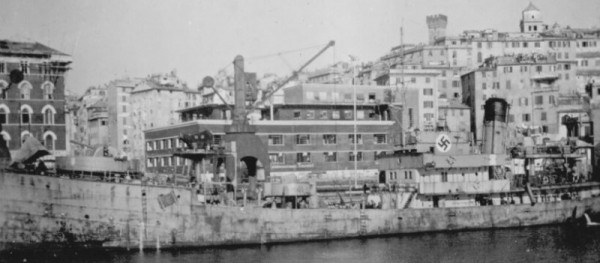
On board
There were four men on board, four German soldiers.
The corporal who was in charge is called Karl. They awaited the order to enter the port to load. There was no need to throw a second anchor, one was more than enough.
Karl probably could not wait to get to his destination to rest. In the last period, transfers had become more and more frequent. The journey was long due to the slow engine they had at their disposal. That night they it would have been likely for them to travel with a new maritime convoy southbound. Everything was leaden, intense and bitter cold.
Moisture permeated even heavy clothes up to the bones. There was so much gray around, the sky and the sea had no limits, there was no horizon. Everything seemed to be swallowed up by nothing.
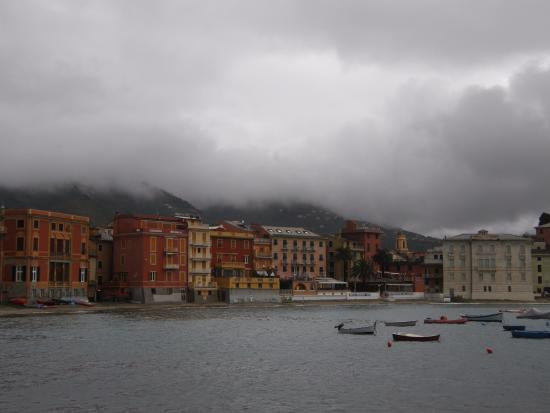
Danger is lurking
But you can’t get distracted. At any moment the enemy could strike from above with his terrible bombs, sowing death and destruction. He has been doing it for some time and tried to counter the advance but without success.
In the hinterland, the danger is greater, not a day goes by without a blast of machine guns or, worse, some bombs coming from the sky.
There at sea, however, everything appeared to be calmer, but this calm could vanish at any moment. Every day, the enemies went up the peninsula with their heavy bombers to hit the main communication nodes. They flew from Corsica and Sardinia to the Ligurian coast and beyond.
Lunch time
The wait to enter the port to load was long and unnerving.
The four sailors tried to pass the time probably by listening to music on the turntable, with one of those 78s that are in the cabin. Maybe someone was putting a saucepan on the fire, with something warm and pleasant and comforting. The cast iron kitchen with an oven that burned charcoal was positioned near the coal pit near the wheelhouse.
Someone else could have been on deck arranging the ropes to tie them to the bollards during the next landing in port.
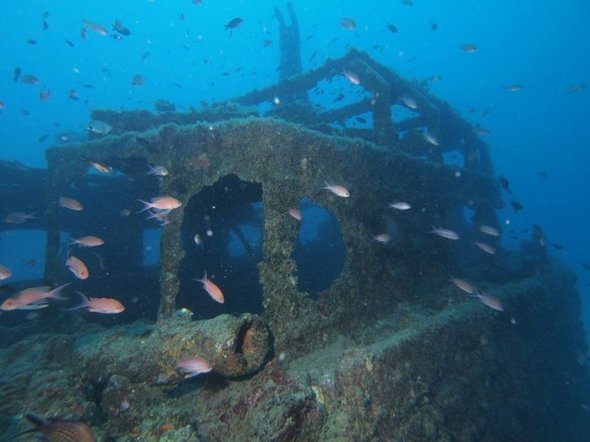
A plane, suddenly
In February, at over 3000 meters above sea level, the air was freezing.
But what bothers a driver the most is poor visibility. The low and puffy clouds covered the space all around and you could not even see the sea below. Maybe it wasn’t the right day to fly, but that’s what the command wanted.
The American bomber had already dropped bombs on the port of Sestri Levante, hitting its target. His mission was now completed. It destroyed the port railway, warehouses full of war material and a large ship at anchor.
Now the plane had to make a quick second pass to check the damage caused to the enemy. It dropped in altitude ignoring the danger of coastal batteries.
Suddenly the big plane came out of the haze and materialized in the bay, where other small boats were at anchor here and there.
The aircraft gunners were in their posts and had weapons capable of causing enormous damage in their hands. The gunner fires.
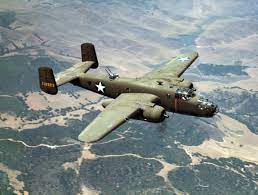
The firefight
On board the Barge, the sailors, before hearing the roar of the aircraft engines, heard the sirens of the anti-aircraft alarms positioned on the ground together with the outbursts of the first bombs that fall on the port warehouses.
The commander turned his gaze to the sky and issues the dry order: “to the machine gunners !!”
The sailors began to thunder their weapons and lighted trails rise to the sky. The gusts completely covered any other noise.
Then a fiery hail discharge was released from the nose of the plane. High puffs of white water rise from the salty surface towards the sky. The machine gun bullets one after the other trace converging lines ever closer to the target.
A trail of smoke and fire slips into the side of the Barge. With a dull roar, immediately followed by the deflagration of a bullet hitting the right side. It penetrated hold number 1 and exploded with a roar.
The explosion, the deflagration and the relative displacement of air caused a breakthrough of the side. The whole boat was shattered by the roar. It almost seemed that the hull made a jolt on the water, it seemed that it deformed from the blow received.
The barge was thrown up and then fell back to the surface of the sea, engulfed by the flames released by the explosion of the bullet. Soon half of the bow was swallowed by the sea, the waves that submerged it in appeared incandescent from the flames present here and there on the surface.
The water was now pressing into the holds to slowly take over the hull, entering in a non-violent but inexorable way through the wound.
The four sailors
To save themselves, the four sailors should, however, threw themselves into the sea away from the flames and the whirlpool that would soon swallow everything.
The water was freezing cold and the heavy clothing worn to shelter from the intense cold may not have favored the long swim to reach the shore, half a mile away from the point of the disaster.
But that day luck was with them: the ballast bags had dampened the explosive power of the bullet. The small barge, even if struck dead, would put up a long resistance and it would take 45 minutes to sink it, thus allowing the entire crew to escape to safety.
The pilot of the plane, meanwhile, saw the surface of the surrounding sea in flames and decided to move away. The mission ended successfully. For a long time nothing would be known about the barge Jörn and it would be forgotten, like many other ships that disappeared and sunk during the last world war.
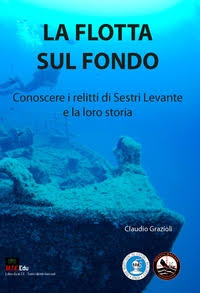
Next Friday do not miss the story of the dive on the Barge.


